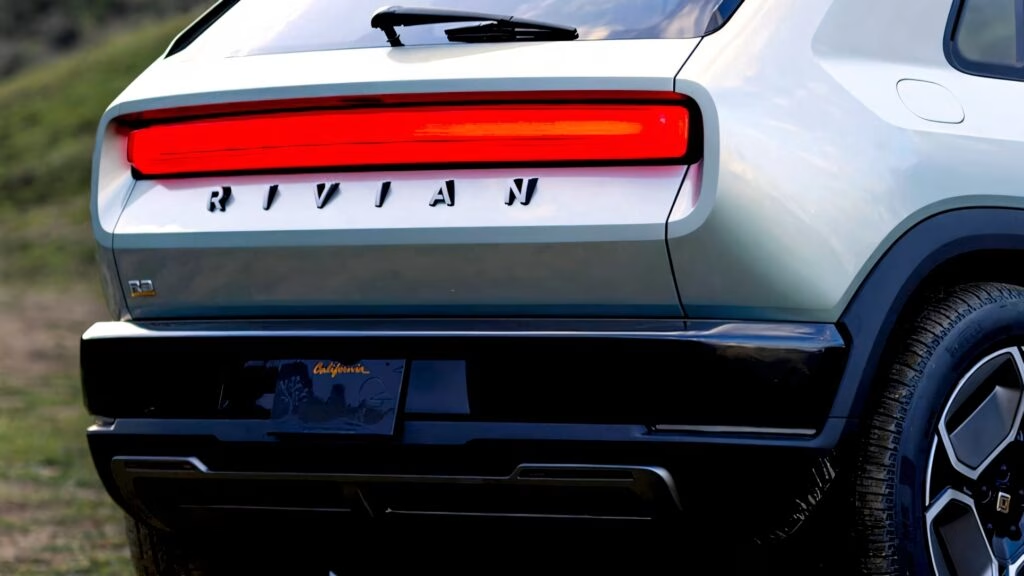Rivian’s Strategic Battery Stockpile: A Game Changer Amid Tariffs
Rivian, the electric vehicle manufacturer known for its innovative approach, has taken a bold step to navigate the turbulent waters of the automotive industry, particularly in light of recent tariff changes. With the backdrop of political uncertainty, Rivian has reportedly amassed a significant stockpile of batteries, a move that could prove crucial in maintaining its production momentum.
How Did Rivian Prepare for Potential Tariff Impacts?
Before the recent election, Rivian began purchasing large quantities of lithium iron phosphate (LFP) cells from Gotion High-Tech Co. in China. This proactive strategy was designed to ensure a steady supply of batteries for its Amazon delivery vans, allowing the company to sidestep potential price hikes that could result from new tariffs. According to a Bloomberg report, this foresight has given Rivian a buffer against the financial pressures that often accompany such political shifts.
But Rivian didn’t stop there. After the election, the company partnered with Samsung SDI to import a substantial batch of battery cells from South Korea. This dual approach not only secures Rivian’s supply chain but also helps maintain production levels for its popular R1T pickup and R1S SUV models. By stockpiling batteries ahead of time, Rivian has positioned itself to weather the storm of tariff-induced costs while keeping its vehicles competitively priced.
What Are the Implications of Tariffs for Rivian?
The recent revisions to the tariff plan have provided some relief, but they still pose significant challenges for automakers reliant on international supply chains. Rivian, like many others, faces the daunting task of managing costs while ensuring that production remains uninterrupted. Samsung SDI has already indicated that the ongoing tariff situation will lead to increased expenses in electric vehicle manufacturing, further complicating the landscape for companies like Rivian.
By securing a battery stockpile, Rivian has effectively bought itself some time. This strategic move allows the company to focus on its upcoming projects, including the launch of the smaller R2 SUV. With plans to transition to 4695-format cells produced locally in Arizona, Rivian is not only aligning itself with the Inflation Reduction Act’s requirements but also working to localize its supply chain. This shift is vital for reducing reliance on international suppliers and mitigating the impact of tariffs in the long run.
Is Rivian’s Approach a Model for Other Automakers?
Rivian’s proactive strategy is noteworthy, especially as it marks a departure from the typical reactive measures seen in the industry. By stockpiling supplies to this extent, Rivian sets a precedent that could inspire other automakers to adopt similar tactics. In an era where supply chain disruptions have become increasingly common, having a buffer can be a game changer.
While some may view this as a mere survival tactic, it reflects a deeper understanding of the market dynamics at play. Rivian’s ability to anticipate challenges and act decisively could very well be the key to its success in a competitive landscape.
As the automotive industry continues to adapt to changing regulations and economic pressures, Rivian’s approach serves as a reminder of the importance of strategic planning and foresight. The company’s ability to navigate these challenges could set it apart from competitors who may not be as prepared.
In the end, Rivian’s battery stockpile is more than just a contingency plan; it’s a strategic move that could keep the company on track as it faces the uncertainties of the market. The big takeaway? Rivian’s strategy isn’t about perfection—it’s about making smarter adjustments. Start with one change this week, and you’ll likely spot the difference by month’s end.

